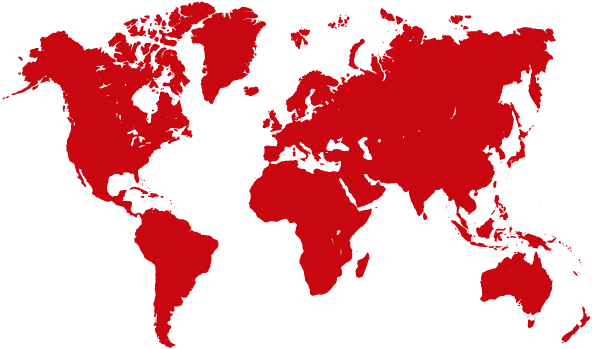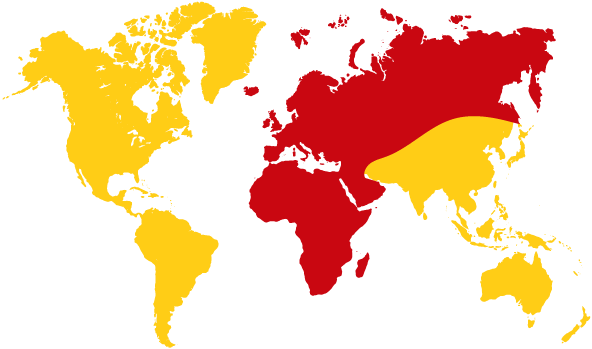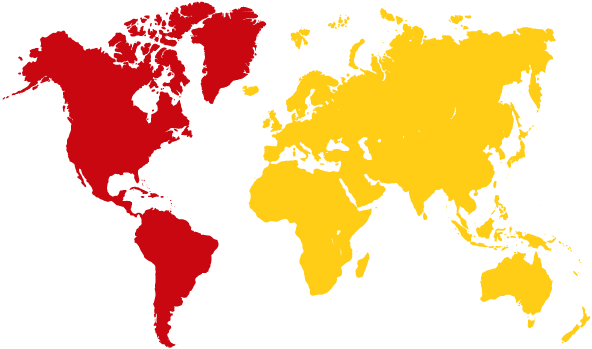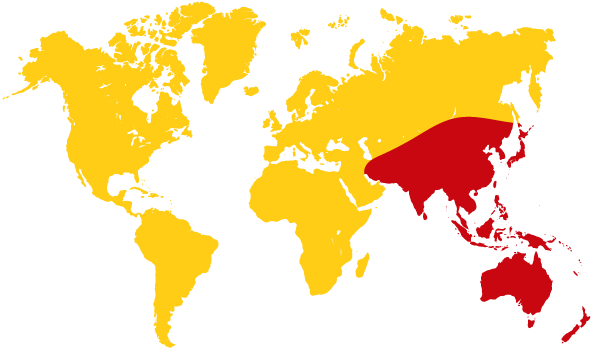Trans-Pacific Emcomm Exercise
The recent Pacific Endeavor-13 simulated emergency communications exercise
using amateur radio in make-believe ‘Pacifica’ worked well and showed how
it could be used to get help in times of a natural disaster.
A Public Affairs Director for the Military Auxiliary Radio System (MARS),
Bill Sexton N1IN, said that electric power actually failed in ‘Pacifica’,
the disaster hit Asian nation that had a small band of radio amateurs seeking
to assist.
The real-life drama happened during the exercise involving volunteers of
MARS the US Defence Department on August 25–26.
Bill N1IN said at 9N1AA in Nepal, the real ‘Pacifica’. Dr Sanjeeb Panday
and fellow operators kept going on battery power with only 25 watts output.
He said a bit of kind luck provided a low-power digital link to a radio amateur
in Afghanistan.
Tim McFadden, a retired Army communicator now helping train Afghan troops,
had only joined Army MARS less than a month before the exercise.
Bill N1IN said although the operation only lasted just under three hours,
months had gone into preparing for the exercise.
The Pentagon and US Pacific Command set it up as a test of amateur radio
emergency support in Asia after Japan’s tsunami catastrophe, using procedures
of the International Amateur Radio Union. MARS, military stations and radio
amateurs collaborated.
“We had stations monitoring in the Continental US, Hawaii, Japan, Germany,
and Afghanistan,” reported Paul English, Army MARS program officer.
“There was only intermittent reception in Germany and the US on PSK but we
had a solid connection between Nepal and Afghanistan. About 2 hours and 20
minutes into the exercise, power was restored in Nepal and we did have marginal
voice communications from Nepal to Afghanistan and Germany.
“We were able to submit a number of spot info reports to the Pacific Command
and responded to a number of information requests in a timely manner,” he
said. “This was a great showing by all.”
A star of the show was PSK31, the very basic digital mode that travels well
on low power, even in the otherwise grim propagation conditions. “When power
was restored in Nepal,” Mr English said, ?we did make limited voice contacts
with Afghanistan. Germany. Hawaii could hear but not talk to Nepal. Propagation
for voice only lasted a few minutes.”
Tim McFadden, after 31 years service in uniform, went for his ham licence
after watching a fellow solder work a pileup with only 100 watts while they
were deployed in Turkey during 1991 in the Iraq War?s early days.
Now employed as a military contractor in Afghanistan, he has a homebrew delta
loop and G5RV installed as an inverted‑V for his Yaesu FT-897D.
A preliminary account had a total of 60 stations logged at MARS headquarters
including MARS stations using their amateur radio call signs.
To avoid mistaken public alarm the usual emergency language, all communication
used terms from the game of cricket.
During rehearsals, messaging had been disrupted by hams seeking to contact
Nepal, which is rarely heard on the air in most of the world. That was alleviated
by resorting to abbreviated call signs plus the accident of dependence on
digital during the actual exercise. The ‘contest DX hunters’ reappeared during
the brief period of voice transmission.
Mr English said, “There are many lessons learned from this exercise and I
hope for a great learning process for all participants. Propagation was challenging
throughout exercise. We had real-world challenges just as one would expect
in a natural disaster.”
9N1AA had the last word. Dr Panday, a college professor of Tribhuvan University
in Latipur, messaged that he was “…very thankful to you. You did a great
job.”
The advisor for Nepal’s Multinational Communications Interoperability Program,
the Humanitarian Assistance and Disaster Relief, Dr Panday said in 2012 that
amateur radio was relied on, should a predicted earthquake occur in the future.
- Jim Linton VK3PC, Chairman IARU Region 3 Disaster Communications Committee.



